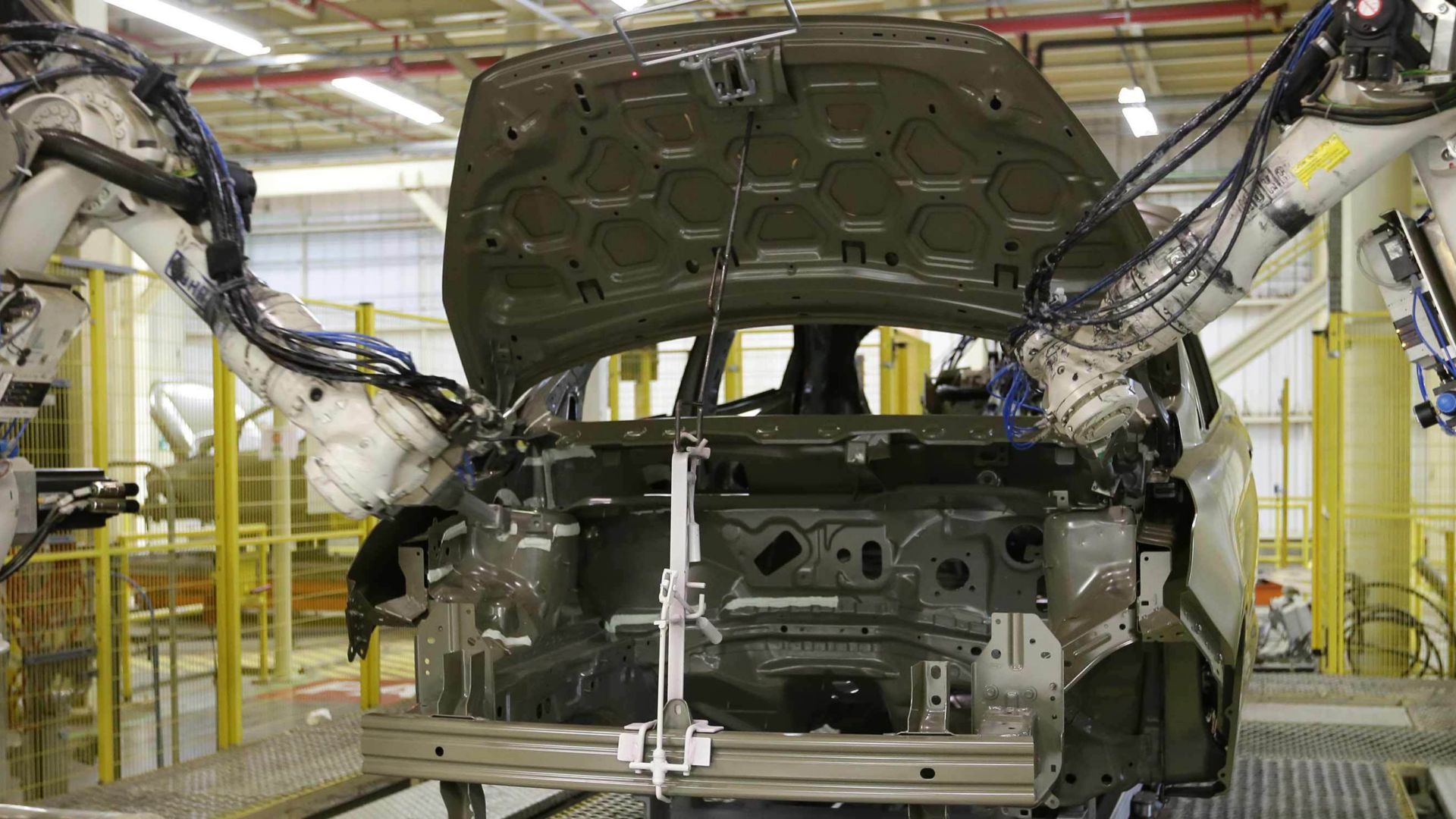
How to Boost Car Paint Quality with Automated Inspection?
Share
In the competitive world of automotive manufacturing and restoration, maintaining high standards for car paint quality is paramount. Boosting car paint quality with automated inspection not only enhances aesthetics but also contributes to durability and customer satisfaction. This article delves into innovative techniques that tech professionals and enthusiasts can utilize to elevate paint quality standards through automation and cutting-edge inspection methods.
Automated inspections streamline the quality control process, enhancing precision and efficiency. In an age where technology is rapidly evolving, it is essential to integrate these capabilities into car painting processes. A few critical areas will be explored, including the role of automated systems, adherence to industry standards, and the technological advancements that are reshaping car paint application practices.

Understanding the Importance of Paint Quality
The quality of a car's paint job is the first impression potential buyers receive. High-quality paint not only adds aesthetic value but also provides protection against environmental factors such as UV rays, dirt, and corrosion. Therefore, it's crucial to ensure that every step of the painting process meets rigorous quality standards.
From application techniques to final inspections, each aspect plays a vital role in determining the overall durability and appearance of the car finish. Failure to meet these standards can lead to issues like peeling, bubbling, or fading which can significantly diminish a vehicle's resale value.
The Integration of Automated Inspection Systems
With advancements in automation technology, the automotive industry is witnessing a significant shift. Automated inspection systems are designed to detect defects in the paint job with greater accuracy compared to manual inspections. These systems utilize advanced sensors and imaging technology, allowing for consistent and reliable evaluations.
Examples of automated inspection include the use of laser scanning and vision systems that can quickly assess the surface quality of painted surfaces. This technology not only identifies defects but can also compare results to predetermined quality standards.
Technological Advancements Reshaping Car Painting
Several technologies are propelling the landscape of automated inspections for car paint quality:
- AI and Machine Learning: These technologies can analyze vast amounts of data from inspections to identify patterns and predict potential issues during the painting process.
- Robotics: Robotic systems can apply paint uniformly and can be combined with inspection systems for immediate feedback, enabling instant corrections.
- 3D Imaging: This technology captures paint depth and texture providing insights into vehicle aesthetics that were previously unattainable.
Best Practices for Enhancing Paint Quality
To truly boost car paint quality with automated inspection, consider implementing these best practices:
- Regular System Calibration: Ensure that all automated inspection systems are calibrated on a regular basis to maintain accuracy.
- Integrate Feedback Loops: Utilize data collected from inspections to continuously refine the painting process.
- Ongoing Training: Train staff on new technologies and automation systems to increase overall efficiency.
Hybrid Inspection Approaches
Combining automated inspections with occasional manual checks can yield the best results. While automated systems are highly efficient, having skilled professionals periodically check paint quality can catch nuanced defects that machines may miss.
Moreover, tech enthusiasts can explore this blend of automation by referring to resources like how to Achieve the Perfect Paint Finish by utilizing the latest technology, which includes advanced spray techniques and consistent monitoring.
Cost-Effectiveness of Automated Inspection
Integrating automated inspection systems can prove economically beneficial over time. Although initial investments might seem substantial, the reduction in defects and rework can lead to significant savings.
Additionally, as automation becomes more prevalent, the cost of technology tends to decrease while its effectiveness increases. Staying current with trends is essential for maintaining a competitive edge in the automotive sector.
Future Trends in Car Paint Quality Control
As technology continues to evolve, the future of car paint quality control looks promising. Some expected trends include:
- Increased Use of Big Data: Utilizing data analytics to predict paint failures before they occur.
- Sustainability Initiatives: Developing eco-friendly paints that still meet high-quality standards.
- Advanced Training Programs: Ensuring that operators are well-versed in the latest technologies.
Examples of Successful Automated Inspection
Numerous automotive companies have successfully integrated automated systems into their paint quality control processes. Examples include enterprises using vision systems to optimize production lines and improve the overall quality of paint jobs.
By analyzing case studies, tech professionals can draw insights into how these innovations are successfully applied in real-world contexts. Learn how to Eliminate Paint Defects effectively.

Frequently Asked Questions
1. How does automated inspection improve paint quality?
Automated inspection provides consistent and objective measurements of paint quality, helping to identify defects quickly and accurately. This leads to fewer errors and higher-quality finishes.
2. What technologies are used in automated inspections?
Technologies used include imaging systems, sensors, robotics, and machine learning algorithms, all designed to enhance the accuracy and efficiency of inspections.
3. Are there any limitations to automated inspection systems?
While automated systems offer high levels of precision, they may miss certain subtle defects that skilled human inspectors can identify. A hybrid approach tends to yield the best results.
In conclusion, boosting car paint quality with automated inspection is not just about integrating technology; its about reshaping industry standards and optimizing processes. The future holds exciting opportunities for innovation that both tech professionals and enthusiasts should embrace.
